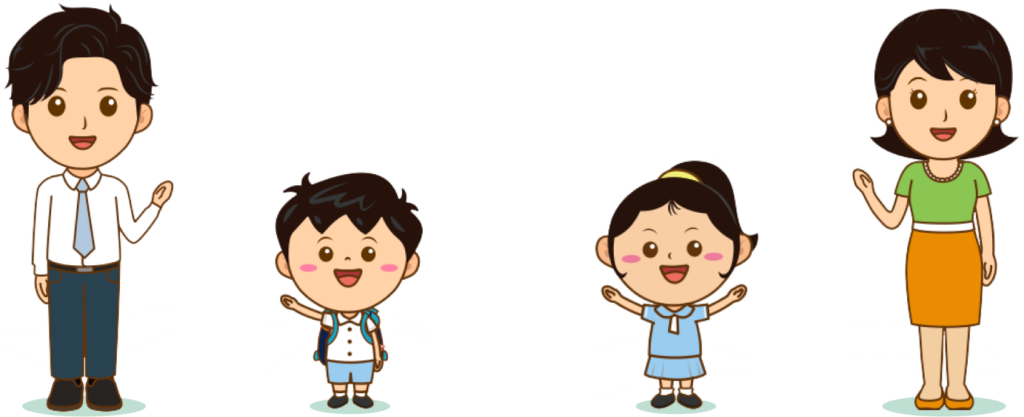
Written by: Speech Therapist Mother, Miss Carley
Since children are only about two or three years old, their knowledge of the world will become deeper and deeper, teaching them to understand emotions can help them express their feelings and encourage them to put themselves in the position of understanding the feelings of others, thereby enhancing their social skills.
Tip 1: Parents and children watch cartoons together
Parents can watch more cartoons with their children. Often, the expressions of the characters in these cartoons are exaggerated so that children can identify the emotions and feelings of the characters and ask them about their reasons and solutions. Parents and children watching stories and the storytelling process, in fact, can also ask children to replace the characters in the story and think about what they feel.

For example, in the story of the three little pigs, parents can ask their children, “If you are a little pig and your house is blown down, how would you feel?” If you were the big pig and your house was not blown down, how would you feel? This allows them to put themselves in other people’s shoes more often.
Tip 2: Put yourself in their shoes
In daily life, parents can also try to grasp the opportunity to let their children know that their behavior will affect the feelings of others. For example, when a child does something bad or misbehaves, ask him, “What do you think about mommy’s emotions right now? It turns out that mommy is angry, so they know that their behaviors affect others.
Tip 3: Ask your child to keep a diary of daily events
Parents can also try to ask their children to draw or write down the events of each day in a diary, and how they feel about themselves or others, to deepen their emotional awareness.

Further, parents can teach their children that there are different levels of feelings and emotions. For example, happy can be a little happy, very happy, or super happy. Parents can also play simple games with their children, such as asking them at a theme park, “Are you a little happy, very happy, or super happy?” If you are a little happy, take one step; if you are very happy, take two steps; and if you are super happy, take three steps. Let the children know more about these emotions.



